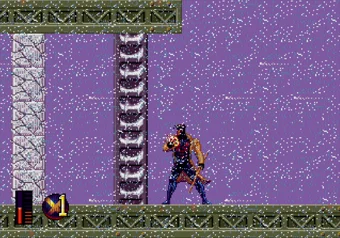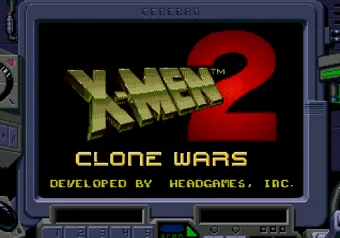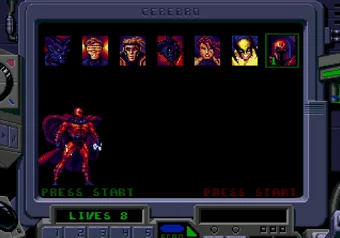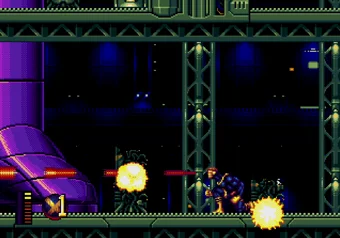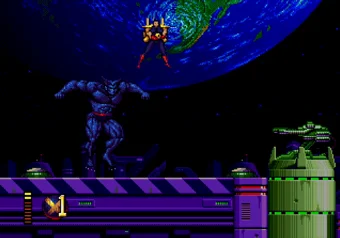🔐 Cheat Codes & Secrets
Even the toughest mutants need a little help sometimes. X-Men 2: Clone Wars hides a few powerful cheats that can give you an edge against the Phalanx invasion. Whether you want more lives, total invincibility, or the ability to skip ahead to later stages, these codes let you explore every corner of the game without fear. Use them wisely - even heroes can take shortcuts now and then.
Note: You can use WASD instead of when playing on PC.
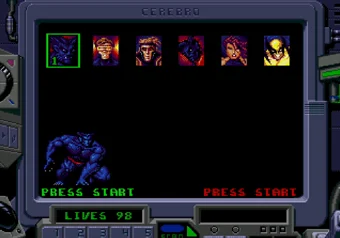
99 Lives
Need a little extra help surviving the Phalanx army? Pause the game by pressing Enter, then enter the following sequence:
+Space,Space
A sound will confirm that the code was entered correctly. You'll instantly gain 99 lives, giving your X-Men team a huge advantage in battle.
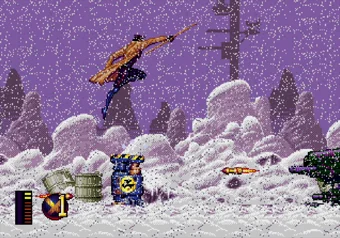
Invincibility
Activate this code to make your mutant completely invincible and breeze through the toughest battles. Pause the game by pressing Enter, then enter the following sequence:
+K,K
Unpause the game, then pause it again and press +K once more. A sound will confirm that the code was entered correctly, and your character will now be invincible against all enemy attacks.
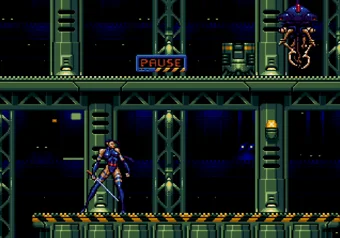
Level Skip
Want to jump ahead or revisit an earlier stage? This code lets you move freely between levels. Pause the game by pressing Enter, then enter the following sequence:
+K,K
A sound will confirm that the code was entered correctly. After that, press +K to skip to the next level or +K to go back to the previous one.
🦸 Playable Characters
X-Men 2: Clone Wars lets you take control of seven powerful mutants, each with their own combat style and special abilities. Switching between them keeps the gameplay fresh and allows you to tackle different challenges in unique ways.
- 👁 Cyclops - The field leader of the X-Men. His optic blasts are strong and versatile, perfect for hitting enemies from a distance.
- 🦴 Wolverine - Fast and relentless in close combat. His claws deal heavy damage, and his health regenerates slowly over time, making him ideal for brawling through tight areas.
- 🐾 Beast - Uses his strength and agility to attack enemies with acrobatic flips and slams. He's also great for climbing and reaching high platforms.
- ⚔ Psylocke - A deadly and graceful ninja. Her energy sword delivers quick strikes, and her agility makes her perfect for fast-paced fights and evasive movement.
- 🎴 Gambit - Combines style and power with his explosive energy cards and staff attacks. Excellent for both ranged and melee combat.
- 💫 Nightcrawler - Master of teleportation. He can blink through enemies and walls, creating endless possibilities for exploration and combat tactics.
After completing the fourth stage (Phalanx Base), 🧲 Magneto joins the X-Men as a playable character. Once an enemy, now an ally, he attacks with magnetic energy waves and can hover above the ground - giving players a completely new way to fight through the final missions.
Each hero brings something different to the table, and learning how to use their strengths is key to surviving the Phalanx invasion.
✨ Did You Know?
🎮 No Title Screen at the Start
The game throws you straight into action the instant you power it on - no intro, no logos, no menus. You begin directly in the first level, setting an intense tone right from the start. Only after completing that opening stage does the game show the title screen and main menu.
🧲 Magneto's Playable Debut
This was the first time Magneto became a playable character in a console X-Men game. His inclusion was a huge surprise for fans in 1995, and his design - combining levitation with devastating projectile attacks - made him one of the most memorable late-game additions on the Genesis/Mega Drive.
💾 Advanced for Its Time
X-Men 2: Clone Wars was built on an updated engine that improved animation, enemy AI, and frame rate compared to the first game. It pushed the SEGA Genesis hardware impressively far, especially considering the number of on-screen sprites and complex environments.
🎧 Unique Sound and Music System
The soundtrack was composed to reflect each level's atmosphere, from cold metallic bases to organic alien structures. Developers used a layering technique to make the 16-bit audio sound fuller and more dynamic than most Genesis titles of its era.
👾 Hidden Test Mode
A secret Test Mode exists in the game's code, used by developers for debugging and testing animations. While it can't be accessed through normal gameplay, it's been uncovered through ROM analysis by fans and preservationists.
🎨 Comic-Accurate Character Design
The game's sprite art was heavily influenced by the 1990s Uncanny X-Men comics, especially Jim Lee's designs. Each character's look - from Psylocke's ninja outfit to Gambit's trench coat - closely matches their appearance in the comics of that era.
🕹 Legacy & Reception
When X-Men 2: Clone Wars hit the SEGA Genesis/Mega Drive in 1995, it was praised for pushing the console to its limits. Reviewers highlighted its sharp graphics, smooth animation, and improved gameplay compared to the first X-Men game. The ability to play as seven different mutants - and even unlock Magneto as an ally - was a huge draw for fans of the comics and the animated series alike.
Magazines of the time, such as GamePro and Electronic Gaming Monthly, noted how fluid the controls felt and how well the game captured the teamwork and tension of the X-Men universe. The dynamic environments, challenging boss fights, and unique starting sequence (throwing players straight into action) gave the game a distinctive identity among other Genesis action titles.
Over the years, X-Men 2: Clone Wars has earned a loyal following among retro gaming fans. Many consider it not only the best X-Men game on 16-bit consoles but also one of the finest superhero games ever made for SEGA hardware. Its balance of fast-paced combat, platforming, and character variety keeps it fun even decades later.
Today, this classic continues to stand out for its atmosphere and ambitious design. You can play X-Men 2: Clone Wars online and rediscover why this game remains one of the strongest mutant adventures of the Genesis/Mega Drive era - a true showcase of what SEGA's 16-bit system could do at its peak.
